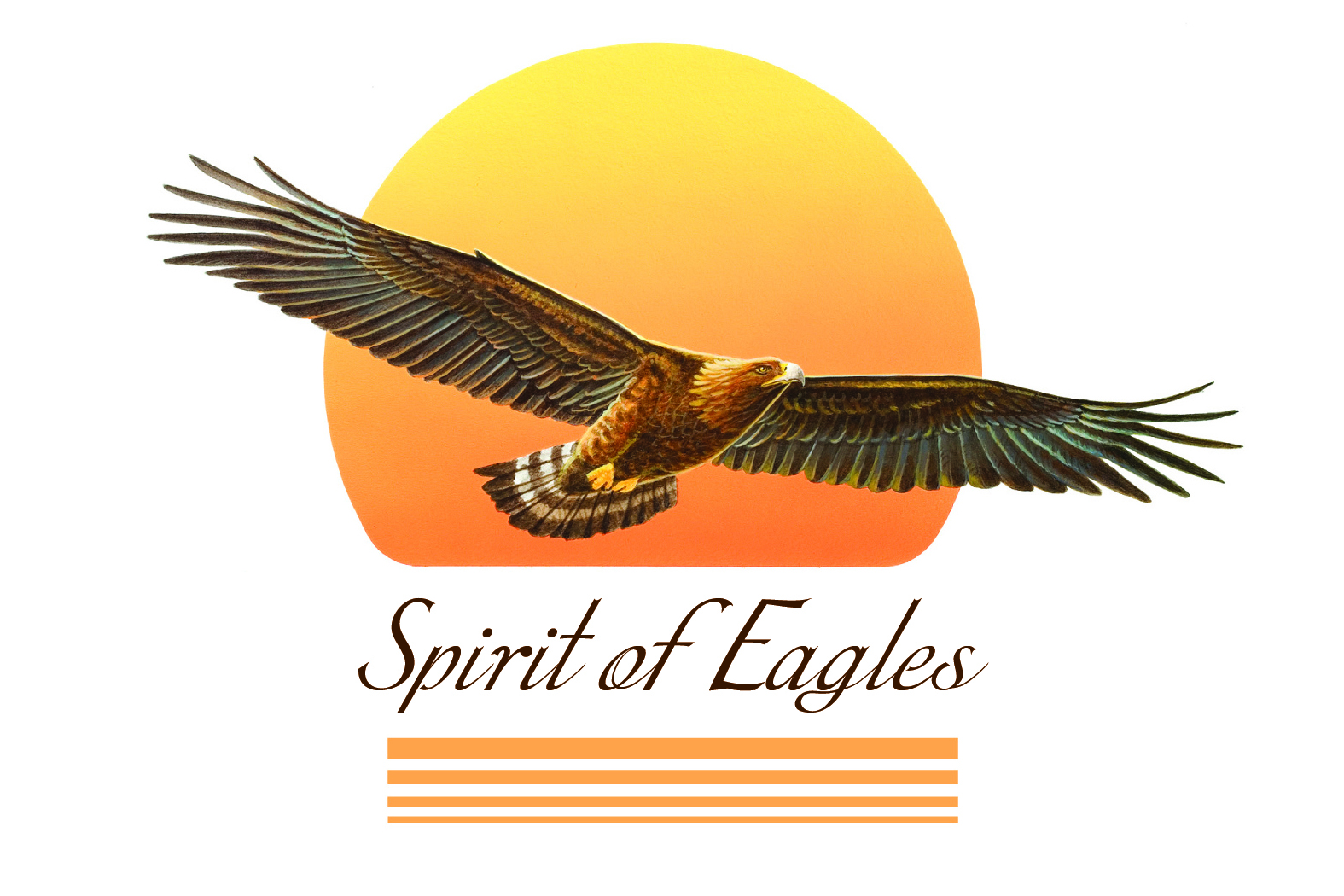You have heard and you have read how strong self-awareness is a critical skill in high demand in leadership at all levels, and in all phases of life. We can’t pick up a business magazine or attend a business conference without coming across reference to the importance of self-awareness. Mention of self-awareness has become common in consumer magazines and social media as well.
How do we know for certain that high self-awareness is as valuable as coaches, consultants and business leaders claim? Where is the compelling data that makes us want to run out and sign up for self-awareness training?
There are two primary methods of testing one’s level of self-awareness, and both are subjective yet accurate. One measure of strong self-awareness results from observing people who are highly successful in bringing about highly productive and profitable growth for themselves and for the organizations they lead.
The other method focuses on gathering feedback to leaders from their peers and subordinates about the leader’s level of self-awareness traits.
When we marry the two methods, we can make a very accurate determination about a person’s level of self-awareness. A couple of examples should make obvious the truth and the value of my claim.
Lee Iacocca led Chrysler in 1979 when the company was in deep financial trouble. He immediately instituted discipline, structure and order to the organization. He was a genius at recognizing and sharing hard facts, determining what needed to be done to transform culture for superior results. Iacocca led Chrysler to spectacular performance, creating a turn-around that was unrivaled.
Then, in the mid-eighties, for no apparent reason, he lost interest in leading Chrysler to even greater performance excellence. He took on numerous tasks unrelated to Chrysler’s core purpose of manufacturing high quality automobiles with high efficiency and high profitability. He became unfocused on Chrysler, and undisciplined as he pursued personal adventures. When he left Chrysler, the company was on the verge of bankruptcy once again.
In sharp contrast, Alan Mulally came to Ford Motor Company as CEO in 2006. Like Iacocca, Mulally was highly disciplined and brought structure and high accountability to Ford. He did at Ford exactly what he did at Boeing. At every executive meeting he identified himself, listed his top five priorities, always graded his performance for the past week, never went off message and expected his colleagues to do the same.
In his first year, even though Ford was losing $13 billion and borrowing money to stave off bankruptcy, Mulally managed with intensity and urgency. Structure, repetition and preparation were the hallmarks of Alan Mulally. He asked the same question of his colleagues at their weekly management meetings, “How can we help each other be the best we can be?” Once his fellow executives realized Alan had only the best intentions for the success of everyone at Ford, and his management style produced such outstanding results, they developed great respect for him, and followed his lead enthusiastically.
In 2014, the year Alan Mulally retired from Ford, the company returned a profit to shareholders of $17 billion dollars, a turnaround in eight years of $30 billion.
I have listed the traits of highly self-aware leaders many times. When you consider the qualities of exceptionally successful leaders, you can judge for yourself how Alan Mulally compared with Lee Iacocca in terms of self-awareness.
Self-confidence Self-image Effective Decision-making
Composure Trustworthy Effective Problem-solving
Influential Creativity Transparent
Personal Health Affluence Effective Communication
Sense of well-being Relationships Excellent Judge of others
Personal Health Self-satisfaction Provide valuable feedback
See the best in others Treat others fairly Effectively resolve conflict
Excellent listeners Understanding High standards for self and others
Knows one’s strengths Expresses Kindness Knows one’s weaknesses
Admits one’s mistakes Give credit to others
Why was Mulally more successful than Iacocca in the long run? What could Iacocca have changed in his thinking and behavior to create greater success? Between Mulally and Iacocca, which would likely have created better relationships with his co-workers? When Mulally and Iacocca left their respective positions, which left a more effective and productive team in place?
Building strong self-awareness holds many valuable benefits for people in all phases of life. One single discovery can make all the difference for a person. Please consider enrolling in our online course to build strong self-awareness, 4 Steps to Freedom, Happiness, Confidence and Self-discovery.
Thank you!
Tom Searcy, BCC
www.OneSingle Discovery.com
574-850-9912


Recent Comments